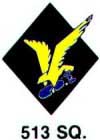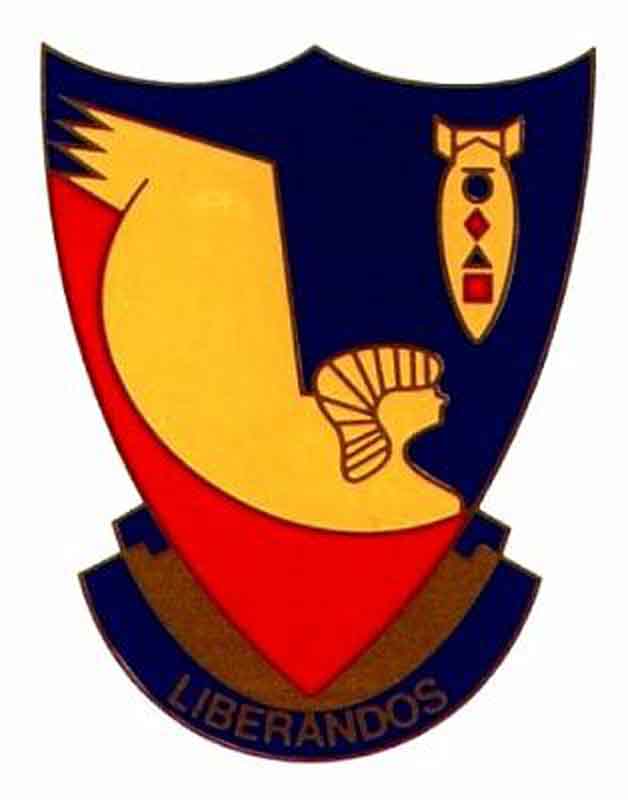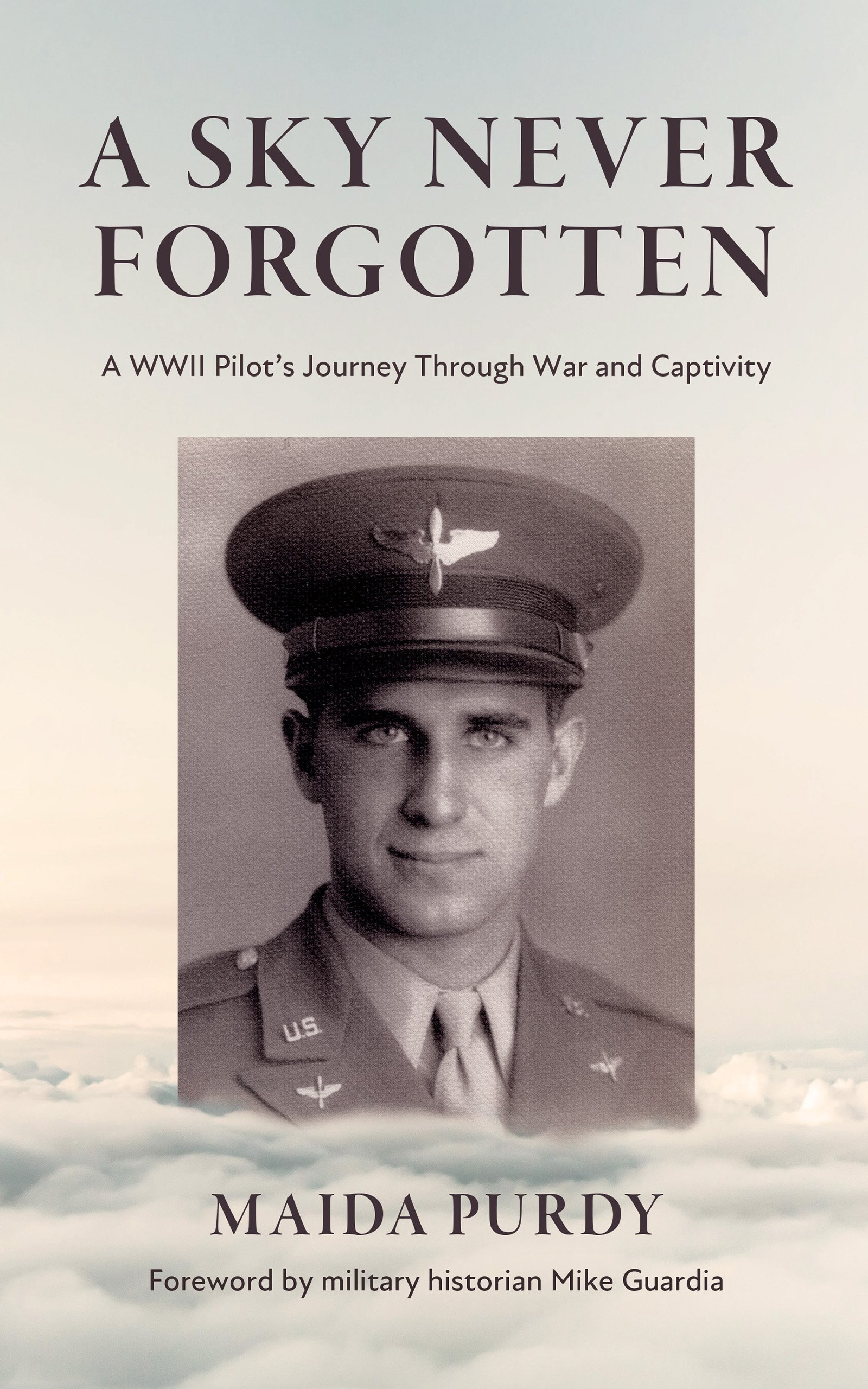Wilbur C. West mission January 11, 1943
Testimony by Wilbur C. West as to the actual circumstances surrounding the loss of Eugene Ziesel after they dropped their bombs on Naples, as certified and described April 15, 1962, to Robert H. Storz, Col., U. S. A. F. ll. A 0-663953 at Pine Bluff, Arkansas.
As I recall this incident of about twenty years ago, on January 11, 1943, in the early morning hours, probably about two o'clock in the morning, we got up and were briefed on the bombing and target in Naples. Nine airplanes, which at that time was about a maximum effort for our group, were to participate on this particular mission. Our bombing of Naples was scheduled for the following evening at dusk at around twenty-two or twenty-three thousand feet.
After being briefed on the route, weather, etc., to be anticipated enroute to the target, we took off. It was around 3:30 or 4:00 o'clock in the morning when we left Avaswar enroute to LG 159 Advanced Landing Base in the desert approximately three miles south of Tobruk. We landed there and gassed up. There was ample evidence that the base at Tobruk had already been pretty well bombed up. We had lunch there and after another short briefing, took off somewhere around noon or shortly after. I don't recall the exact time, but we were to hit Naples just about sundown, or at dusk. I believe all nine of our original aircraft took off from LG 159.
A very short distance out one of the B 24 airplanes turned back, leaving the three flights of three each, who formed into two flights off four each or two diamonds. While enroute, somewhere about half way out across the Mediterranean, we checked our the guns. All our turrets at that time were in good firing order. Our formation continued. As we proceeded on across the Mediterranean, however, some of the aircraft in the original formation began turning back, due, I presume, to mechanical difficulties. When we arrived at the predetermined area where we were to climb to bombing altitudes, there were only four of the original aircraft left.
Colonel Payne was flying the lead aircraft. On the left wing was Norman Appold and myself, and on the right wing another B-24, the Pilot of which I don't recall. I do remember, however, that the Number 4 position in our diamond formation was held by Lieutenants Louis A. Prchal AO-435990 and Eugene Ziesel.
Only a few moments before we reached the target area, after attaining our bombing altitude, we lost our number two engine. It was feathered because of a constant drop in oil pressure due to excess consumption. It was later determined that we had lost nearly all of our oil. We were able to confirm this when we got back to LG 159. We put more oil in it in order to make the return trip back to Avaswar. That was pretty well the type of airplanes we were flying, with seldom more than three engines functioning properly during these early raids; over enemy targets.
To back up and further re-describe conditions, just after we released our bombs on the harbor at Naples, we were attacked by a lone ME 109. This 109 hung around a while and finally made a pass across the formation.
The turret gunners, of course, attempted to fire at him when he made this initial pass. Unfortunately, the tail turret guns fired one round and that was all. Evidently they had accumulated some moisture at lower altitudes which had frozen the guns. This resulted in freezing the recoil section, which made it impossible for the guns to supply ammunition at high altitudes. The temperature was certainly low enough to freeze up the guns.
To reiterate what actually happened, this l09, having made a pass across us and receiving practically no fire because only the flexible guns were operative, turned and pressed an attack from the rear of the diamond. All our tail turrets were pointed directly at this enemy aircraft, but they were unable to fire. Only the waist gunners opened up.
The ME 109 then pulled up approximately twenty yards behind and thirty feet below the Number four aircraft being flown by Prchal and Ziesel and began to pump 20 mm. fire directly into them. He hung there as if he was tied to it. (The ME 109). The Ziesel and Prchal airplane instantaneously burst into flames, resulting from cannon and machine gun fire hitting both inboard engines above as well as into the tanks immediately behind the Number 2 and 3 engines. When this happened, Ziesel and Prchal immediately started down and began picking up a little speed and moving out ahead of the formation from their diamond position. As they continued down, they started an abrupt spiral to the left, with what seemingly appeared to be parts or debris coming from the airplane.
We never could tell if there was anyone trying to bail out. I don't recall seeing a parachute open.
Within seconds the ME 109 moved right up to Colonel Payne. If I remember right, he did not begin pumping his 20 mm. cannon fire until he moved into a position approximating fifteen to twenty yards behind our lead ship. At that moment the bombardier in our ship, Lieutenant John Hogan, was firing directly into the side of the ME 109 at a point-blank range approximating 25 yards. Fortunately, our waist gunner on the right side was also firing into the 109. You could see the tracers penetrate the airplane, which made it obvious that we were getting direct hits, some of which were going into the cockpit area.
Within seconds the ME 109 started down. Colonel Payne's aircraft also burst into flame and started down in a very similar pattern to Ziesel and Prchal's aircraft. By this time it was very nearly dark and we 'were leaving the target area and heading for LG .159.
It might be appropriate to explain that our previous experience in attacks by the FW 190's, ME 109's and Italian Macchi’s 202 Fighters indicated that they seldom pressed in close unless they numbered a minimum of six to eight aircraft. The only possible explanation that I could offer about the pressing attack of this single ME 109 was that the original purpose of his mission was to establish our exact altitude and speed so that this information could be communicated to the German and Italian anti-aircraft batteries below at Naples. This was not unusual, as conditions of this sort existed somewhat consistently.
After the 109 had accomplished what I believe was his primary mission, he, of course, gave us a buzz job right after we got out of range of the enemy anti-aircraft units. As stated before, as soon as he observed that only one gun was operating in the tail position, he immediately recognized our vulnerability and this, I believe, explains why he pressed his attack in as close as thirty yards, which I can assure you, was rare.
As attested to by Wilbur C. West
TRUE EXTRACT COPY
Robert H. Storz, Col. U. S. A. F. R. AO-663953


The website 376bg.org is NOT our site nor is it our endowment fund.
At the 2017 reunion, the board approved the donation of our archives to the Briscoe Center for American History, located on the University of Texas - Austin campus.
Also, the board approved a $5,000 donation to add to Ed Clendenin's $20,000 donation in the memory of his father. Together, these funds begin an endowment for the preservation of the 376 archives.
Donate directly to the 376 Endowment
To read about other endowment donation options, click here.
Reunion
NOTE change in the schedule !!
DATES: Sep 25-28, 2025
CITY:Rapid City, SD
HOTEL: Best Western Ramkota Conference Hotel; 2111 North LaCrosse St., Rapid City, SD 57702; 605-343-8500
Click here to read about the reunion details.




















